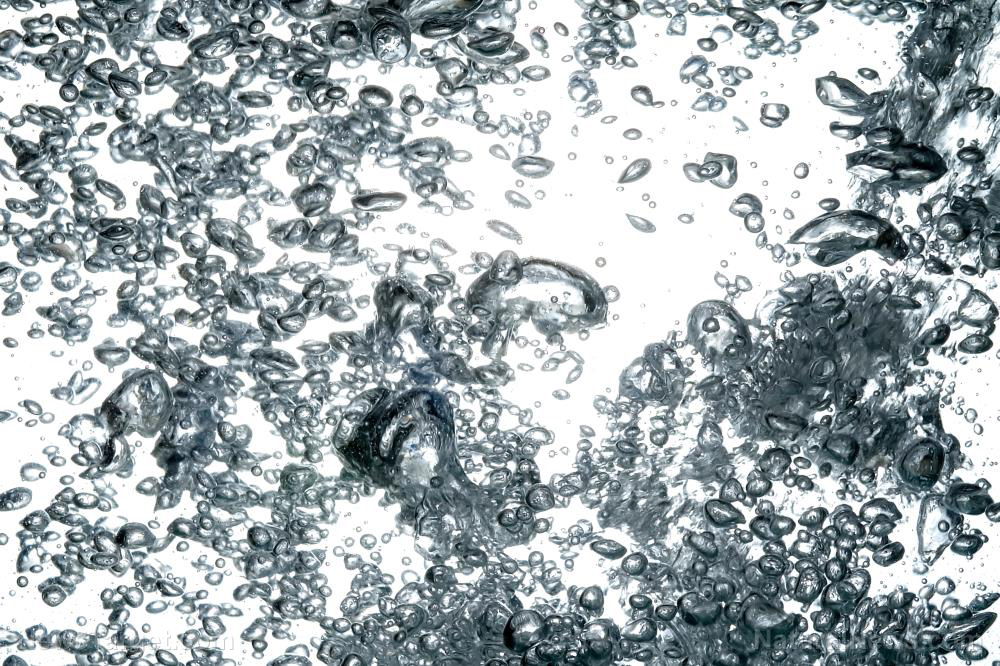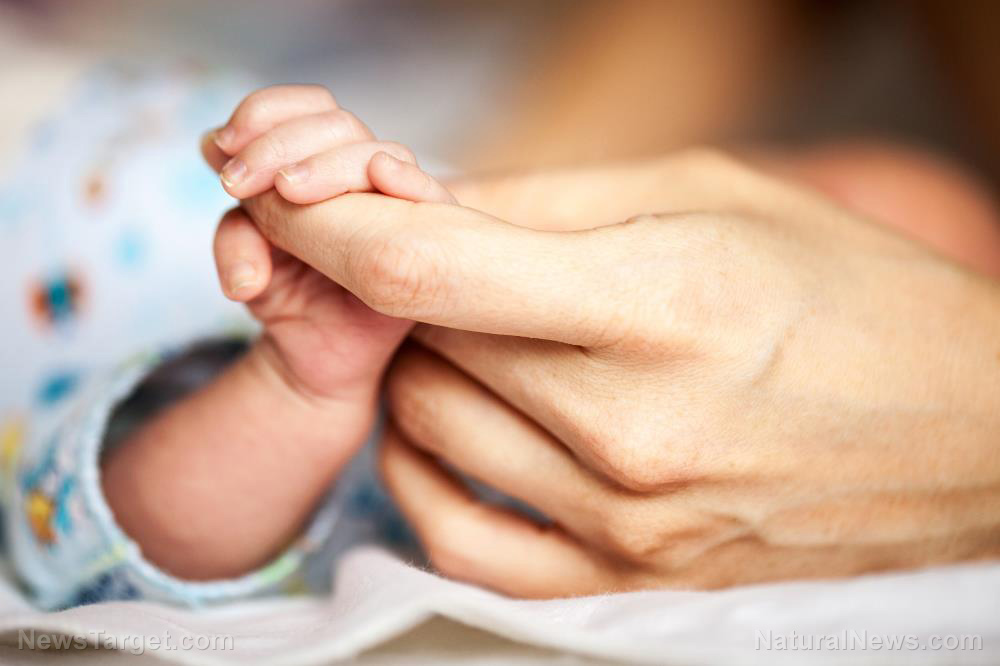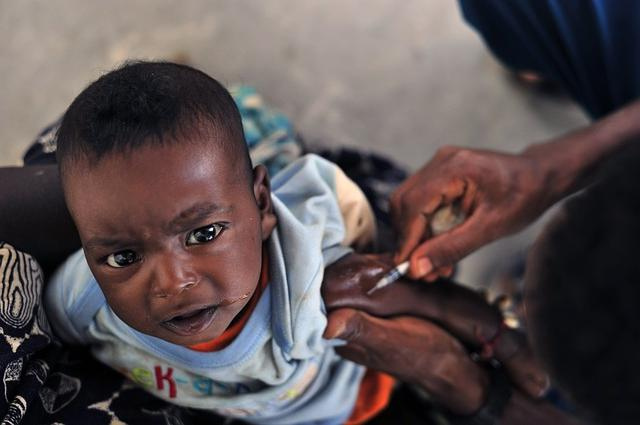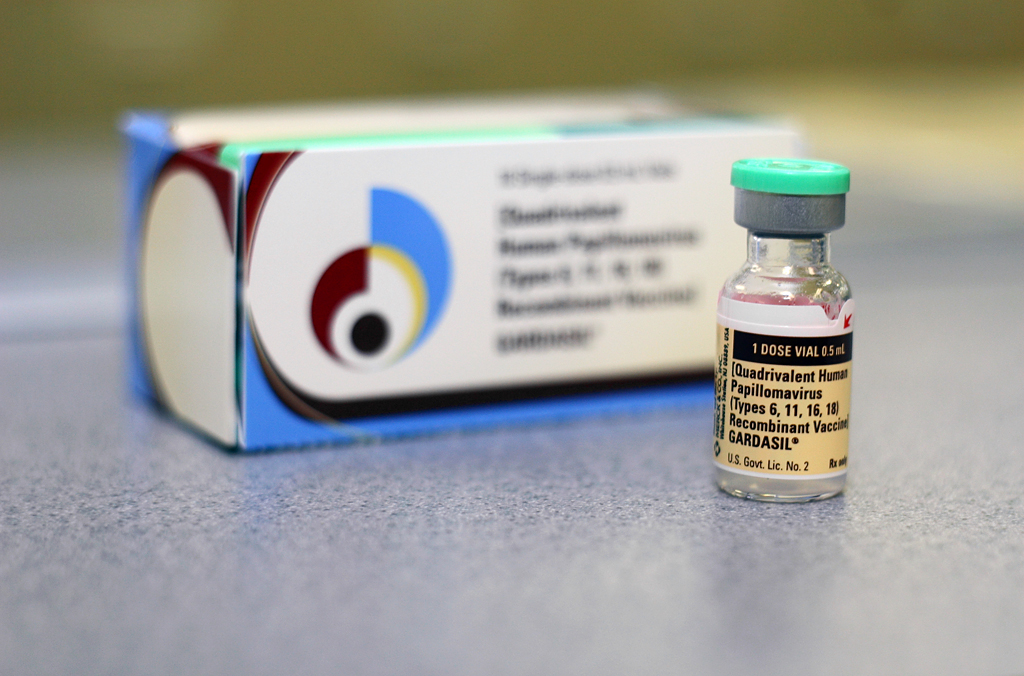Nursing assistants found to contribute to the spread of infections in nursing homes by failing to change their gloves, according to recent study
12/03/2017 / By Jhoanna Robinson

A study that was published in the September issue of the American Journal of Infection Control, the journal of Association for Professionals in Infection Control and Epidemiology (APIC), concluded that failure to change gloves, which is common among nursing assistants, may rank as one of the top causes of dangerous pathogens in nursing homes and long-term healthcare settings.
According to the study, if a certified nursing assistant (CNA) uses gloves incorrectly, the spread of pathogens is likely, resulting in between 1.6 and 3.8 million infections in healthcare facilities yearly, which can cause around 388,000 deaths annually and cost between $673 million and $2 billion on a per year basis.
“Gloves are an essential component of standard precautions, and proper use of gloves is a critical component of best practices to prevent [healthcare-associated infections]. Facilities must continually educate healthcare providers about the importance of appropriate glove use to prevent infection and monitor adherence to this practice,” registered nurse Linda Greene, who is also the 2017 APIC president, said.
In the study, inappropriate glove use – which is defined as a failure to change gloves, especially when the nursing assistants have touched contaminated surface areas – is rampant.
“Glove use behavior is as important as hand washing when it comes to infection prevention. The findings indicate that glove use behavior should be monitored alongside hand hygiene. The observations should be shared with staff to improve behaviors and reduce the risk of disease transmission,” said lead study author Deborah Patterson Burdsall, who is from the University of Iowa College of Nursing.
Over 44 percent of the total gloved-touch points observed are contaminated, the study shows. The study is quick to point out that gloves can easily be obtained in all the public areas, in the shower rooms, in the patient rooms, and in the patient bathrooms.
To measure inappropriate glove use, the researchers created the glove use surveillance tool, allowing them to record the type of surface touched and the sequence in which the gloves touched surfaces while caring for patients. It also identifies whether the nurses wore gloves during their rounds, or whether they had changed gloves.
More doctors are now turning to nursing home care
According to a new study from researchers at the Perelman School of Medicine at the University of Pennsylvania, 21 percent of the physicians and advanced practitioners in the United States who have an experience working in nursing homes now actually specialize in nursing home care.
One possibility on why this is happening is because clinicians who have exclusive practice in a nursing home could improve patient outcomes and reduce the costs that these patients need to shell out if the physicians apply their expertise in a nursing home, as opposed to when they see elderly patients in a normal hospital setting.
Another possibility on why this is happening is because some patients are no longer properly attended to by their primary care providers.
The Centers for Medicare and Medicaid Services has recently recommended a number of reforms as well as reprimands for a dip in the quality of care in nursing homes. (Related: Nursing home residents on antidepressants have increased risk for falling and fracturing bones, study finds.)
For more stories regarding the quality of care of people in health care facilities and the health of people in general, visit HealthFreedom.news.
Sources include:
Tagged Under: disease transmission, gloves, healthcare facility, infection, infectious disease, nurses, nursing home care, nursing homes, physicians, spread of disease




















